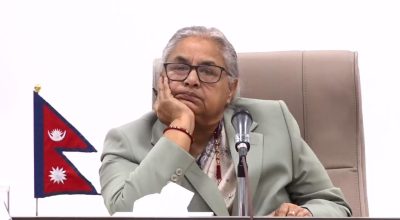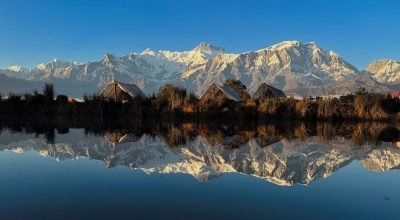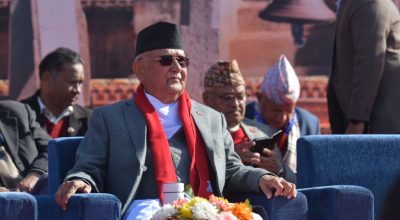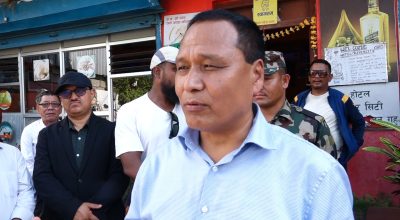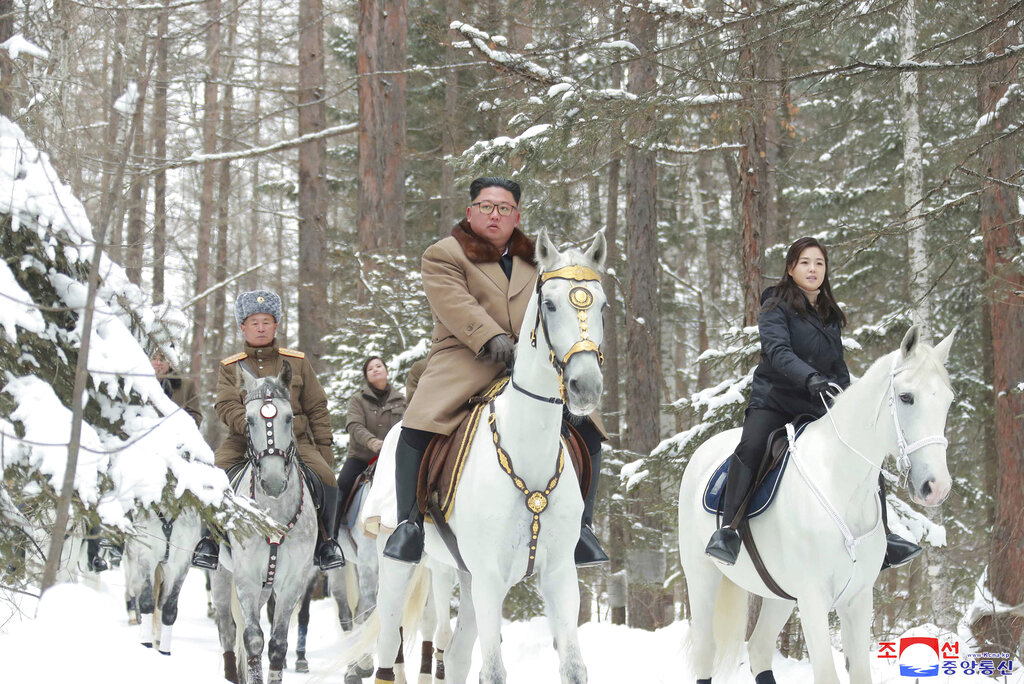
Susan Thornton and Joel Wit
NEW HAVEN, NOV 14 (PS): When US President Joe Biden and Chinese President Xi Jinping meet for four hours on Wednesday before the Asia-Pacific Economic Cooperation Leaders’ Meeting in San Francisco, there will be much to discuss. In addition to Russia’s war on Ukraine, tensions over Taiwan, and the ongoing confrontation in the South China Sea, the Israel-Hamas conflict and how to keep it from escalating will be high on the agenda. So, time will be short, and the discussions will be difficult, but one important topic should not be missed: North Korea.
In the past, US-China summits often focused on how to head off the danger posed by North Korea’s growing and increasingly sophisticated arsenal of nuclear weapons and ballistic missiles. One US administration after another – Republican and Democratic alike – believed the road to achieving America’s ultimate objective, North Korea’s denuclearization, ran through China, the North’s patron. All were disappointed, although all found some common ground that helped manage the threat, as well as uncontrolled tensions that could lead to a second Korean war.
Now, the hardening of geopolitical battlelines, with the United States on one side and China and Russia on the other, has made cooperation almost impossible. Moreover, North Korean leader Kim Jong-un has taken full advantage of the new divide, casting aside the decades-old effort to normalize relations with the US begun by his grandfather, Kim Il-sung, to throw in his lot with Russia and China. This was clear from Kim’s recent summit in Russia with President Vladimir Putin, North Korea’s shipments of conventional weapons to Russia for use in Ukraine, and speculation that Russia may aid the North’s development of weapons of mass destruction.
While the world’s attention is focused elsewhere, Northeast Asia has become a nuclear tinderbox. A full-scale arms race is underway. North Korea’s stockpile of nuclear weapons and missiles has grown, and Kim has called for an “exponential increase” in its arsenal.
Talk in South Korea of the need for nuclear weapons, either US bombs or its own, is growing louder. The nuclear taboo is much stronger in Japan, but the Japanese are committed to acquiring the capability to launch preemptive strikes with accurate, conventionally-armed missiles against the North and China. With all regional actors moving toward hair-trigger strategies, a retired American three-star general who was deputy commander in the Pacific recently observed, “We are one bad decision” away from nuclear annihilation.
It will not matter how a conflict starts. Once it does, it will no longer be confined, say, to the Korean Peninsula. And most Americans, and others in Asia and Europe, have neglected the disturbing reality that North Korea now has an arsenal of nuclear-armed missiles that may be able to cause mass civilian casualties in the US 30 minutes after they are launched.
The Biden administration’s response to the growing danger posed by the Kim regime has been measured and prudent. The US has ramped up political, economic, and security cooperation with South Korea and Japan, also helping the two allies strengthen their own relationship. The August 2023 trilateral Camp David summit was seen by many experts as proof that Biden’s policy was paying off, successfully shaping a strategic environment intended not only to counter North Korea but also to manage China’s rise.
The problem is that the US approach has been dangerously insufficient. Strengthening trilateral relations alone can go only so far to avert or mitigate a crisis. The Korean Peninsula has been brought to the brink of war at least twice over the past 15 years, in 2010 and 2015, and maybe again in 2017 when threats exchanged by Kim and then-US President Donald Trump heightened tensions. In 2010, after North Korean artillery bombarded a South Korean island near disputed waters, US-Chinese cooperation was an important factor in preventing the situation from escalating.
To be fair, Biden faces a severe challenge. The new cold war between the US and China (and Russia), North Korea’s subsequent strategic shift, and Kim’s burgeoning WMD arsenal have created the worst security environment on the peninsula in decades. But because the situation is so volatile, and because the US cannot absorb another crisis, the administration needs to venture beyond prudent and measured steps.
China is still the first stop on the road to managing the regional arms race and the danger that tensions could lead to conflict. In our recent discussions with Chinese counterparts, they remain concerned about developments on the Korean Peninsula, which one former Chinese official called a “hot potato.”
The risks include not only future North Korean provocations, which could upset the regional security picture, but also the potential for military cooperation between the Kim regime and Russia. The fact that Xi failed to congratulate Kim on the anniversary of Kim Il-sung’s birth was a clear sign of China’s concerns.
For all these reasons, Biden and Xi cannot afford to leave North Korea on the sidelines. They need to have a serious face-to-face discussion that goes beyond a cursory mention. It wouldn’t be the first time. Before Xi became Chinese leader in 2013, then-Vice President Biden spent hours with him discussing how to deal with the North Korean regime and the future of the Korean Peninsula.
A four-hour meeting in San Francisco is unlikely to allow for a deep discussion of this issue, but the two presidents must not allow it to fester. A full-blown crisis could all too easily have more catastrophic consequences than other recent conflicts.
Susan Thornton, a former acting US assistant secretary of state for East Asian and Pacific affairs, is a senior fellow at Yale Law School’s Paul Tsai China Center. Joel Wit is Distinguished Fellow in Asian and Security Studies at the Stimson Center.
Copyright: Project Syndicate, 2023.
www.project-syndicate.org





